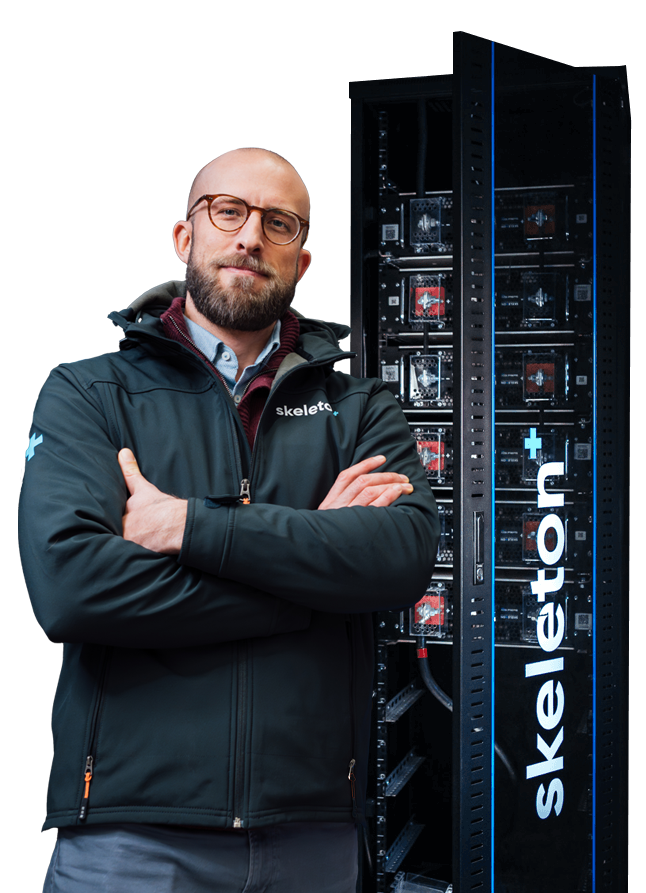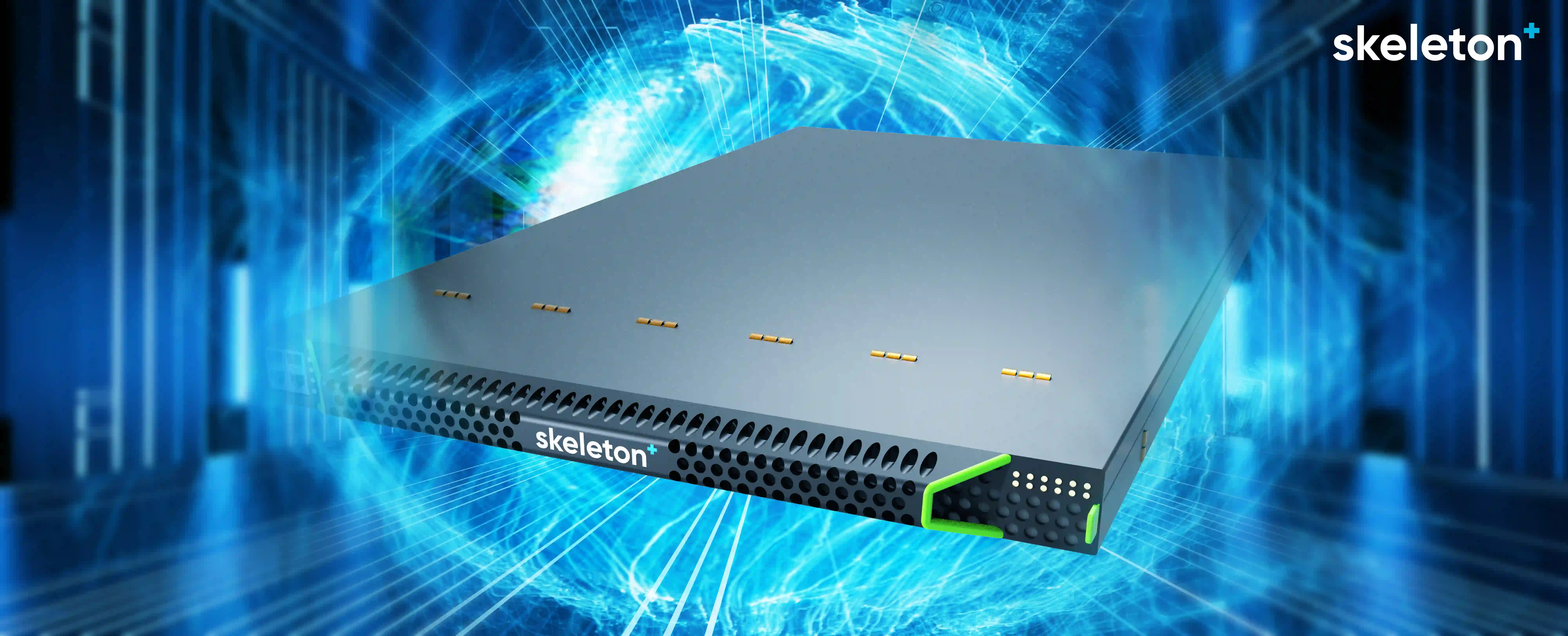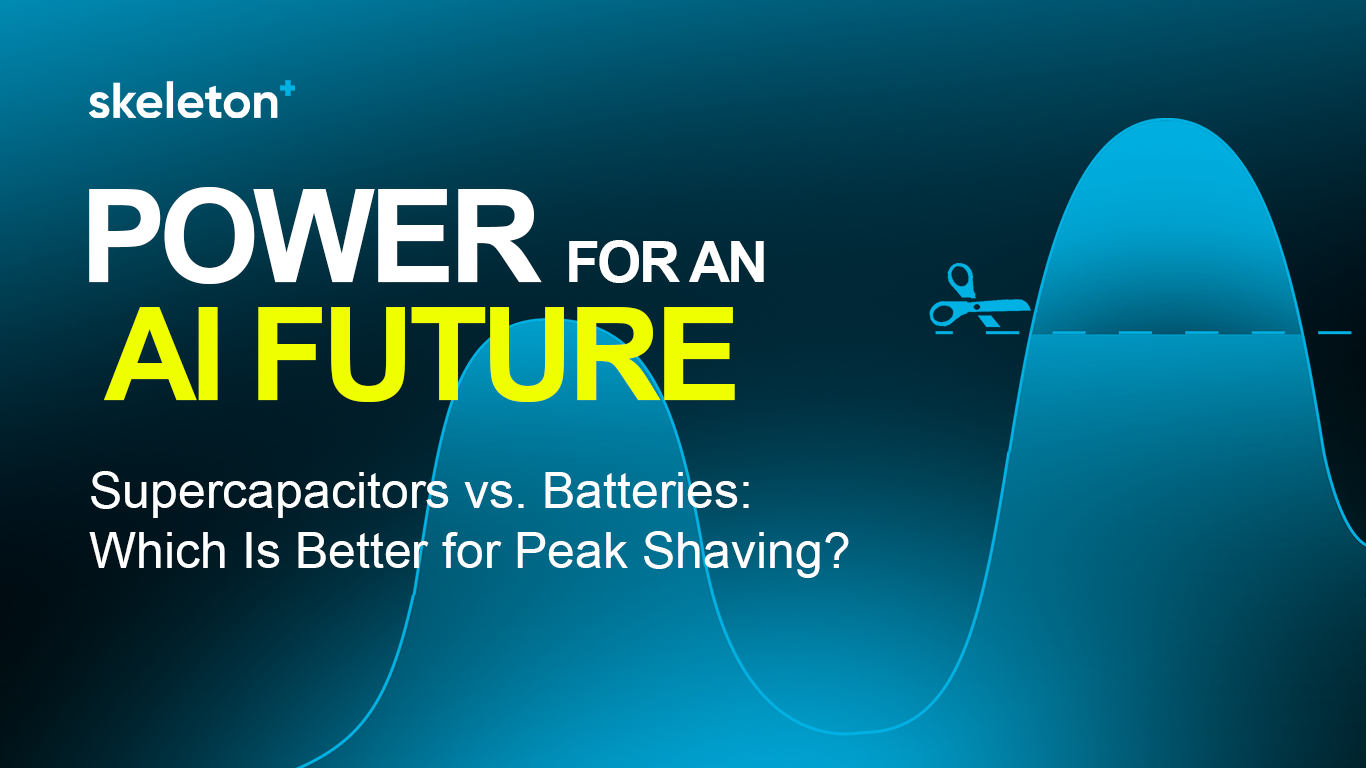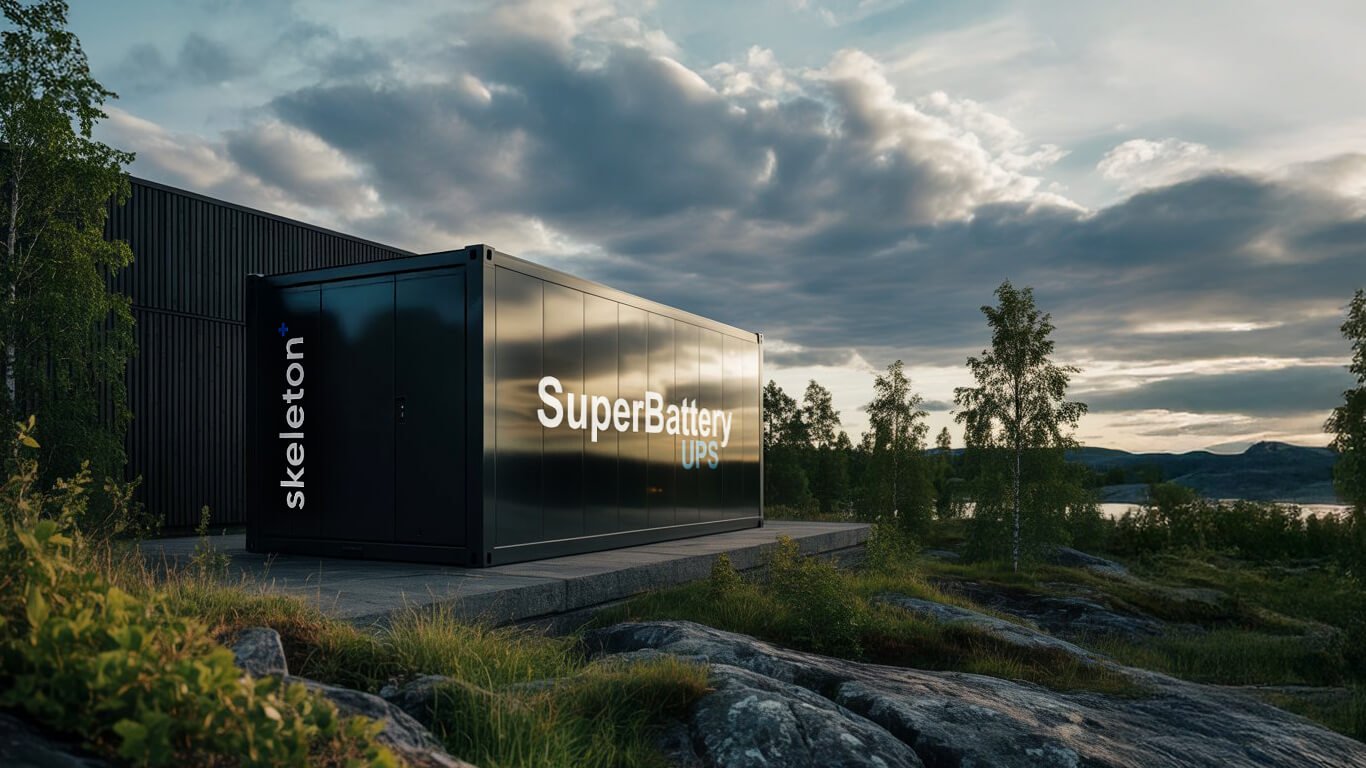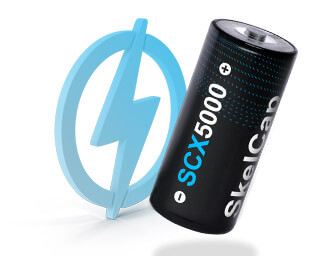
From Traditional to Renewable: Understanding the Dynamics of Power Grid Stability
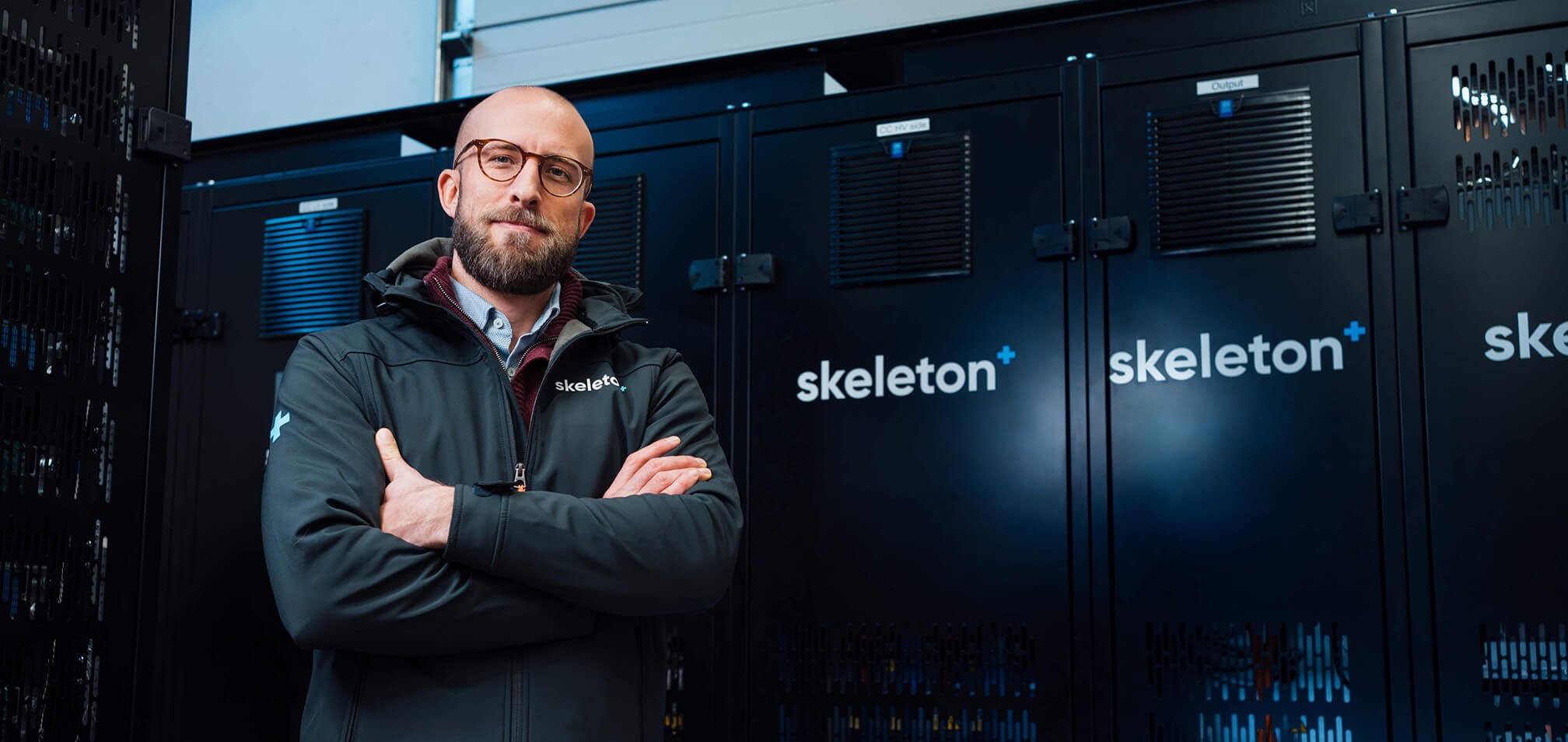
As the dynamics of our power grids evolve, so does the need for more sophisticated and adaptable solutions, writes Head of Application Engineering, Ludovico Barro Savonuzzi. Different grid scenarios require solutions of varying complexities. While traditional methods like Synchronous Condensers were once sufficient to manage the intricacies of power distribution, the shift towards renewable energy sources demands more advanced technologies.
Even if at first glance a bunch of overhead cables running alongside the highway might not resemble one, the electric power grid is considered 'the most complex machine ever created by humans.'
Every machine consists of three basic elements:
- A source of power,
- A transmission system,
- A load, or consumer.
Consider the example of a conventional fuel-powered car. In a car, the engine serves as the primary power source, the wheels represent the load, and the mechanical transmission connects the engine to the wheels.
Similarly, an electric grid operates on comparable principles. It comprises various power sources dispersed across a region, including traditional coal, gas, and nuclear power plants, alongside a growing influx of renewable sources like wind and solar. These sources all feed into the SAME grid within a specific geographical area, contributing collectively to a singular objective: maintaining seamless, uninterrupted operation, to “keep the car running”. The grid's load, however, is much larger and more decentralized than a car's four wheels. It encompasses every user connected to the network, each drawing varying amounts of power for activities like charging phones, turning on lights, or running large manufacturing plants. From the grid's perspective, increased consumption necessitates immediate increased generation.
The Role of Inertia in Power Grids
But what if the grid can't respond swiftly enough to a sudden surge in demand, especially considering that large power plants take time to ramp up? Is there a 'buffer of energy' in the grid? The answer is both yes and no. A common misconception is that the grid functions as an unlimited reservoir of power available for unrestricted use. In reality, the grid more closely resembles a car's transmission, which does not have any storage capacity. However, both the car transmission and the grid do possess a degree of inertia – a physical property that provides stability when demand and supply are temporarily unbalanced. Instead of a bottomless 'tank' of energy, there is only a small amount – inertia – acting as a short-term buffer.
Inertia, therefore, is a valuable asset for grids, offering a degree of stability and cushioning against potential problems. However, the transition towards renewable energy sources, while beneficial, poses challenges. Renewables typically don't provide the same level of inertia as huge spinning metal masses in traditional power plants. As a result of introducing renewables, the grid loses inertia, potentially leading to instability. While blackouts are an extreme outcome and not common, other issues can occur. For instance, Germany has recently experienced a 'system split' - a severe condition where the network, in an attempt to protect itself, disconnects a segment, leading to two unsynchronized networks unable to exchange power.
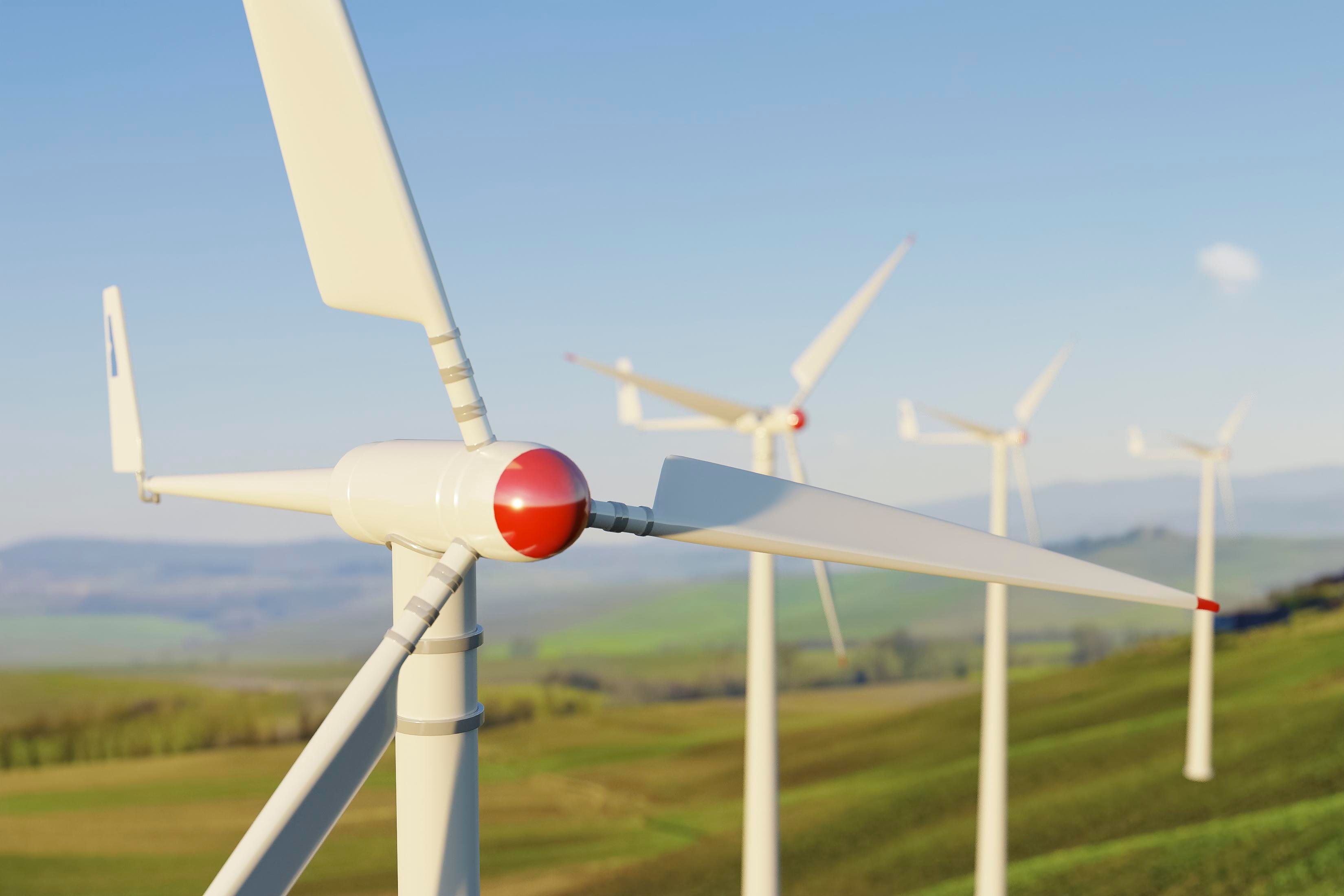 Image by Freepik
Image by Freepik
Evolution of Power Compensation
Reactive power can be likened to the foam in a beer glass: it occupies space that you've paid for, but, unlike the beer itself, holds no intrinsic value. How has this been addressed historically?
In the mid-20th century, the technology of Synchronous Condensers was introduced. These devices closely resemble old-fashioned, large generators, but lack an actual power source. Essentially, they are large metal masses that synchronize ('synchronous') with the grid through a magnetic field, similar to an electrical motor, and spin at the same 50 Hertz frequency. These machines possess some actual inertia, allowing their momentum to contribute some energy to the grid when its frequency begins to decline. However, their control is limited, rendering them rather passive with various limitations, and making them primarily used for reactive power compensation.
Since the beginning of the 21st century, STATCOMs or Static Synchronous Compensators, have been in use. Their primary function is to compensate for reactive power (similarly to synchronous condensers) thereby mitigating its impact on long-distance transmission networks. Compared to synchronous condensers they allow for advanced controllability, while being developed with a modular design: flexibility of the design is key in an ever-changing grid without the need to literally "re-invent the wheel" or re-design the entire solution from scratch each time an adjustment in sizing is required.
Advanced Technology Using Energy Storage
The 2020s have seen a novel technological development in this area: active power compensation. Active power refers to the actual energy generated and consumed by systems, as opposed to reactive power, which is a byproduct of energy generation and consumption, leading primarily to losses in the network. Enhanced STATCOMs, or E-STATCOMs, employ energy storage systems to absorb and supply short bursts of high active power, akin to a 'boost' function in a car that helps the engine when it's overwhelmed, preventing the car from stalling.
These devices can be implemented at various levels: low voltage, medium voltage, and high voltage. High voltage is particularly critical, as it requires large inverters capable of producing a 3-phase 50kV sinewave-shaped voltage for the grid. These complex inverters, known as Modular-Multilevel-Converters, consist of a series of 30 to 40 inverters stacked in series and employ switching semiconductor modules. On one side of the inverter lies the transmission grid, and on the other, an extensive energy storage system composed of hundreds of thousands of individual cells.
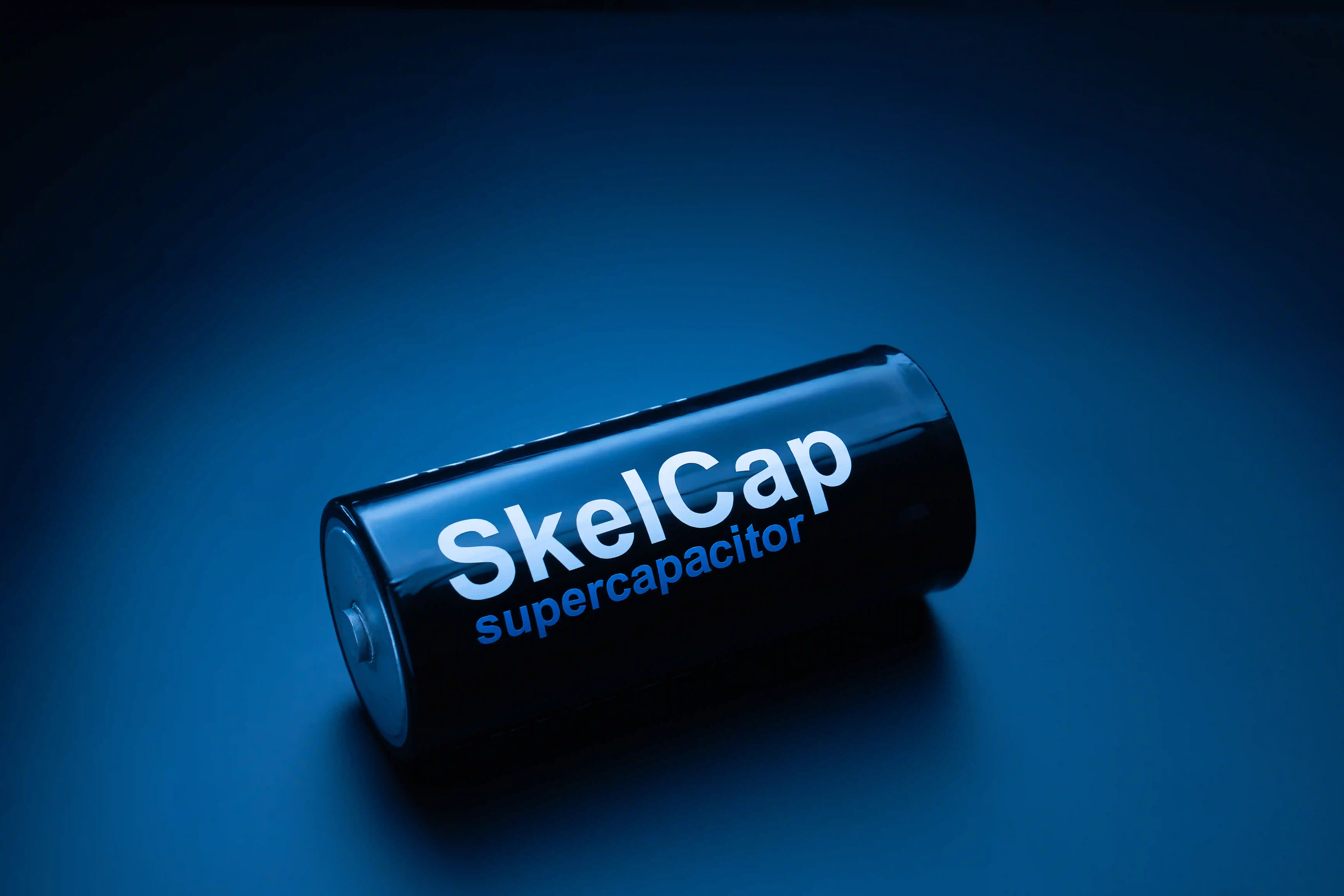
Optimizing Energy Grids with Supercapacitors
Given the oscillating operation profile and fluctuating demands of the grid, supercapacitors are an unparalleled technology for E-STATCOMs. They offer extremely high power, long cycle life, low losses, and crucially, no risk of thermal runaway—an exothermic uncontrolled reaction that occurs in Li-ion batteries, a particularly concerning issue when dealing with high voltage.
An eSTATCOM can generate any desired voltage shape. Need voltage regulation? The energy storage remains idle, and the inverter alone can handle the task. Need frequency regulation, blackout prevention, or damping grid disturbances? Supercapacitors are always ready, perpetually connected, and able to 'emulate' any machine on the grid. They bring the benefits of spinning generators without their disadvantages, such as emissions. This is the reason why this use case is named 'virtual inertia'.
These large installations can span a football field in size, accommodating not just the core technology but also auxiliary systems like cooling devices, transformers to boost the voltage to hundreds of kV, control rooms, and line reactors. These reactors, essentially large coils, generate massive magnetic fields to smoothly couple the system with the grid.
